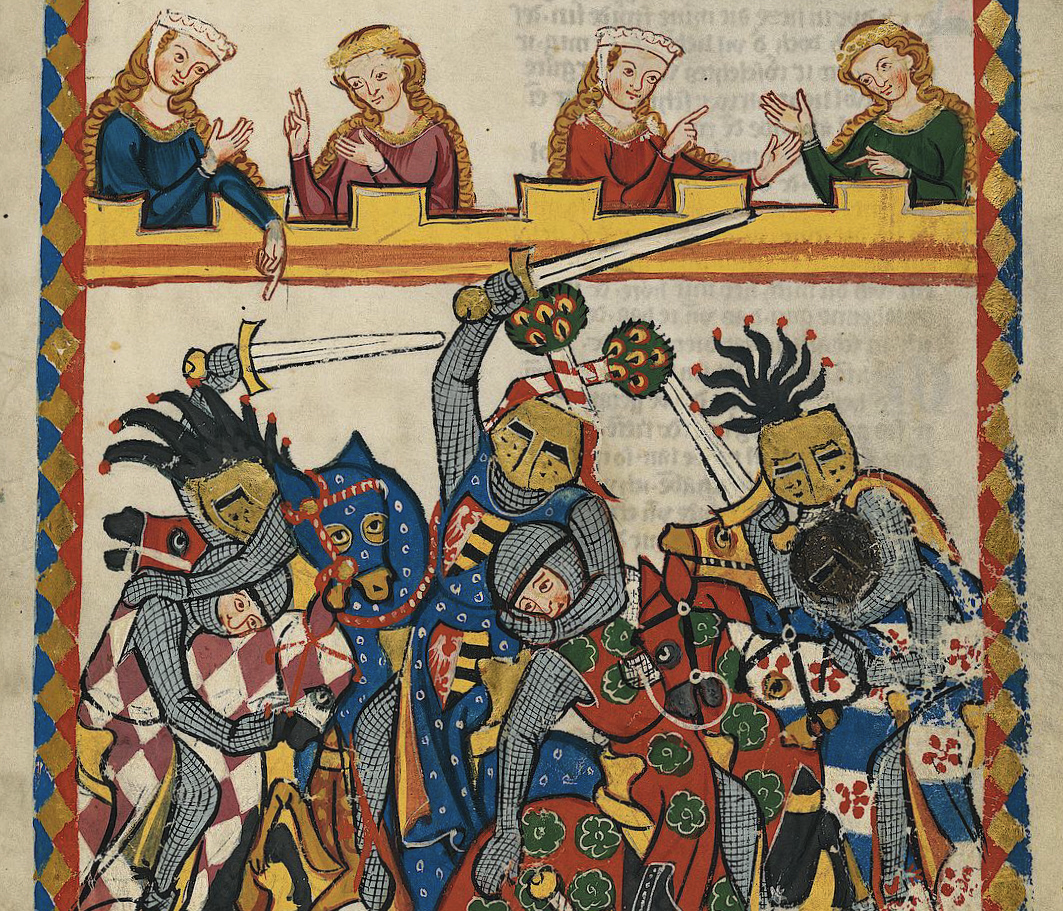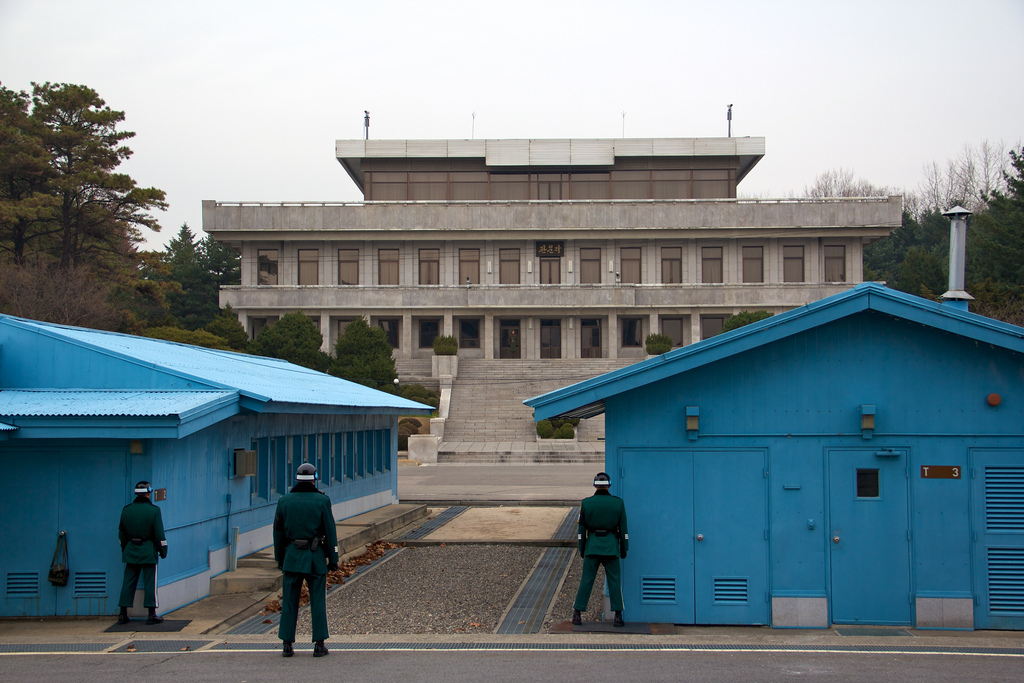Guest post by Rose McDermott

There’s a dirty little secret that academics don’t like to talk about but explains why some individuals choose to fight. Some people, especially some men, like to fight. They even like to kill. These people are not necessarily psychopaths, although some of them may be. Rather, some people may be both more likely to want to engage in physical aggression toward others, and may receive more endogenous rewards for being aggressive, and we can increasingly measure this. Most international relations research focuses on the exogenous rewards that motivate people to fight — such as power, territory, or the desire to get a better negotiated deal. This tells part of the story but doesn’t explain why some individuals in a society appear to gravitate more toward conflict situations than others. This is an important story to tell, especially as we consider how to deal with the now millions of people in this country who have combat experience in our decades-long wars.
Two simple factors may play a much larger role in individual decisions to fight than academics and policymakers have taken into account. First, some individuals simply are more predisposed to engage in physical aggression as result of their genetic disposition. To be clear, I am not, nor will I ever, claim that there is a “gene for” anything; such a construction betrays a deep misunderstanding of the nature of genetic pleiotropy, whereby it requires many genes in combination and in interaction with the environment, along a long trajectory of developmental processes, to produce any behavior. That said, when we examine the influence of particular factors on large populations, we can begin to see how particular genetic factors explain the variance between individuals. From this perspective, one of the few robust polymorphisms related to aggression is a low activity form of monoamine oxidase (MAOA). Because this is on the X chromosome, men are more likely to manifest the effects of this polymorphism if they have it. That’s because men have one x chromosome while women have two and thus any effect would be more diluted in women unless they had two copies of this form, which is very rare (less than 12%). However, it is not as simple as whether you have the gene or you don’t. Rather, if you have it, it matters whether you had a history of traumatic life events as a child. This does not mean you were not happy at school; it means something like your father was incarcerated, your mother died, your sibling raped you, and so on. In addition, it appears to matter more if such events happen around the time of puberty, likely because other developmental processes are proceeding apace around this time.
Why would this matter? Likely because those environmental events provide cues that signal to the body that it needs to activate processes designed to increase the odds of survival in a threatening environment. If the environment is not threatening, you likely don’t need them, and they could get you into trouble. In addition, such aggression does not show up randomly. Rather, it occurs in the context of direct provocation, when an individual might feel threatened and need to fight to secure resources in a hostile social situation. In other words, the environment provides critical cues that allow for the activation of particular gene expression through epigenetic and developmental processes we are just now beginning to try to understand. Such individuals may, however, prove more likely to self-select into environments, such as the military, where fighting is not only allowed but encouraged.
Second, once that person engages in fighting, they may receive a lot of positive biological reinforcement for doing so, especially in the context of victory. Testosterone and adrenaline feel good; for many, it feels better than money. It is simply not the case that we can assume that equal reinforcements matter equally to different people. Some people value money as the economists say, and monetary incentives matter, particularly around issues without a lot of other values around them. Some people value status. Some people value fighting for reasons we are just beginning to understand.
What does this tell us about our understanding of violence and how we study it? First, it tells us that we shouldn’t assume that individuals are motivated by the same things and in the same way. This may seem obvious, but academics tend to assume that people tend to be similarly manipulated by money, information, institutions, or bargaining. Second, it tells us that not everyone will value diplomacy and peace equally. Academics may prefer not to fight because they were not prone to do so as children and were likely to be bullied and lost fights, on average. As a result, they may disproportionately value diplomacy and peace. However, if we look around the world, there is a lot of conflict. And not all of it results from injustice. Some of it emerges in hostile environments among communities who may not need to fight, but like to fight, for various reasons.
Human beings fight for lots of different reasons. But we will not understand all the sources of aggressions and violence in society until academics begin to accept the fact that not everyone is the same, and not everyone reacts to the same exogenous incentives the same way. Reducing the incidence of violence, therefore, will depend in part on our ability to disentangle how genetics together with environmental triggers leads some people to prefer more conflict to less.
Rose McDermott is a Professor of Political Science at Brown University.







8 comments
Thank you for a very interesting post. I’m unsure about communities ‘liking’ to fight, but cultural conditioning certainly seems to reward aggressive behaviour – particularly in times of tumult. I’d suggest that this is largely due to a lack of other conflict resolution tools.
An excellent and fascinating post.
I do wonder after coming across the Davenport and Nordås 2013 article on youth bulges and preemptive state repression, whether assumptions that violence will occur because some people are more likely to fight can affect the behavior or perceptions of actors, for better or worse. It would be an interesting intersection between the fields of history/sociology of science and conflict studies.
A fascinating post, but toward the end you seem to make a sudden jump from “individuals who like to fight” to “communities that like to fight.” That may call for further consideration. Another interesting perspective would be to examine the factors that lead “individuals who like to fight” toward or away from positions of influence.
This is especially important to keep in mind when applying opportunity cost models to the individual decision to participate in violence.
It is certainly true that some people like to fight. Others like to get other people to fight. I suppose that different societies have different ways of channeling this desire to have fights away from socially unacceptable destruction, such as exporting it into military conquests abroad, into rough sports at home, or into construing certain phenomena like floods and fires as enemies to be struggled with physically and defeated.
“To be clear, I am not, nor will I ever, claim that there is a ‘gene for’ anything; such a construction betrays a deep misunderstanding of the nature of genetic pleiotropy, whereby it requires many genes in combination and in interaction with the environment, along a long trajectory of developmental processes, to produce any behavior.”
Brunner syndrome is a single-gene behavioral syndrome caused by complete MAOA inactivation. New cases of Brunner syndrome were recently discovered.
“From this perspective, one of the few robust polymorphisms related to aggression is a low activity form of monoamine oxidase (MAOA).”
There is no such thing as the “low activity form.” There is MAOA-3R and MAOA-2R. MAOA-2R has been found to have a “main effect” on violence without needing a “gene-environment interaction.” It is not rare in African-American men.
“That’s because men have one x chromosome while women have two and thus any effect would be more diluted in women unless they had two copies of this form, which is very rare (less than 12%).”
This is not the only reason why MAOA affects women less. Epigenetic effects on MAOA affect women more than men. Another MAOA VNTR affects women more than this VNTR and does not affect men.
“However, it is not as simple as whether you have the gene or you don’t. Rather, if you have it, it matters whether you had a history of traumatic life events as a child.”
Actually, the interaction between IQ and MAOA-3R appears to be stronger than the interaction with child abuse, but scientists have been less willing to pursue that interaction. MAOA-3R also interacts with testosterone.
Many respected scientists and other writers have said stupid and wrong things about MAOA to bury this research, as detailed by this video.